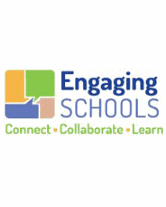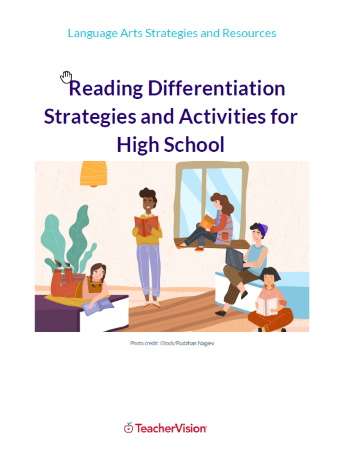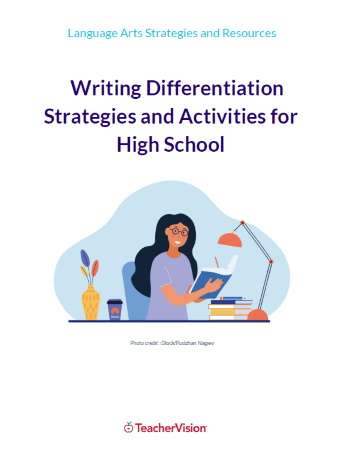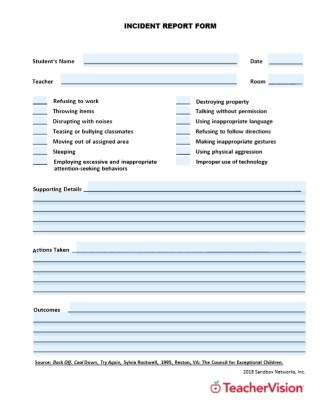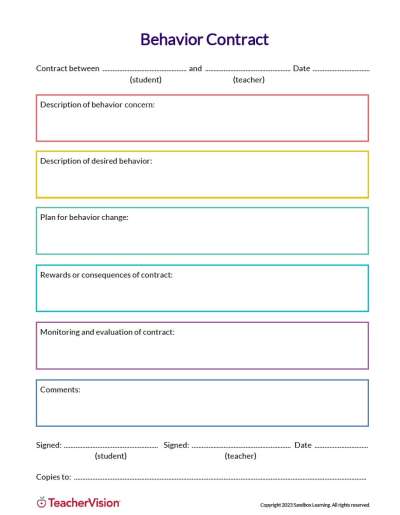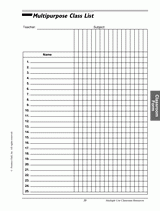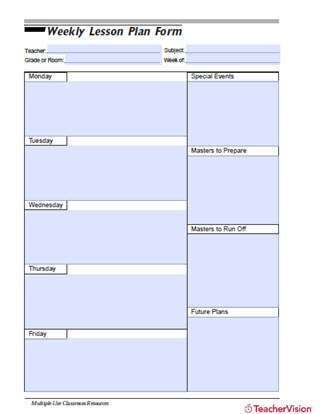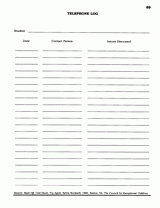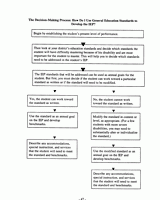Respect your students, and they'll respect you
Use these practical tips and tricks to learn your students' names quickly and easily - while learning how to foster an attitude of respect, collaboration, and friendliness in your classroom from Day 1 all the way through the end of the year.Learning Students' Names Quickly
If people don't know each other's names, it's hard to call a group a community. Learning and remembering everyone's name is a sign of respect. Taking time to discover who we are in a group always pays off. The more we know about each other, the more comfortable we feel working with each other.
If you've got four to six classes of students, learning students' names is no easy feat. Yet, "meet and greet" this is one of those practices that makes a tremendous difference to students. Too often, students tell me about teachers who still don't know their names by the end of first semester. How you learn names may depend on your room set-up and the memory devices that work for you. The following suggestions come from teachers who have learned everyone's name within two weeks.
- At the start of the school year, have students say their first names every time they speak.
- Have students create triangular name plates out of 8 1/2" x 11" card stock. Ask students to fold the sheet into three long strips. Then ask them to write their first names in large letters on the middle strip. Then fold the sheet into a triangle that will stand on its own in front of the table or desk where each student is sitting. Have a box for each set of name tags and ask students to pick them up and return them to the box each period.
- If students have name tags, ask them to come in and mix up where they sit. Then pass out the name tags to each student as you greet them.
- When students are writing, reading quietly, or working in pairs or small groups, spend this time saying each person's name silently three times as your eye roams from one end of the room to the other. Keep the same order of saying names a couple of times, and then try to connect names with faces randomly in no particular pattern.
- Link a word that begins with the same consonant as the student's first name to each student - any word that describes something positive about that student.
- Tell students they can't enter your classroom until you say their names correctly. Give students bonus points if you can't remember.
- Take a "head shot" picture of each student. Ask volunteers from each of your classes to create a photo collage, either assembling them in a framed space on a bulletin board or gluing photos and names on a large cardboard "pizza rounds" to hang from the ceiling.
- Do a name game or introduction game:
- Silent Alphabet or Birthday: Line up silently by birthday (January to December) or by First or Last Name alphabetically and then have students say their names or birthdays.
- Name Toss: On an 8x8 note card, ask everyone to write one word that begins with the first letter of their first name that reflects something about them (i.e. Carol= creative). In a circle ask everyone to say their name, the word, and the connection they have to the word. Place the cards in the center of the circle. Using a timer, ask for three volunteers to see how long it will take them to return the correct card to the person who wrote it. Do this a number of times to see if successive groups can beat the previous time.
Adapted from Partners in Learning: From Conflict to Collaboration by Carol Miller Lieber.

